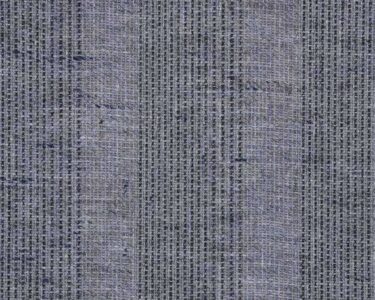Monochrome encompasses much more than an absence of color; it is a mode of living associated with elegance
and absolute simplicity. Monochrome is a breath of fresh air as it avoids the use of excessive colors and
appreciates the benefits of minimalism with a narrow range of colors. This style primarily consists of black,
white, and gray in most cases and possesses a classic beauty that never goes out of fashion. Monochrome
can be found in fashion, interior spaces, artwork, and many other areas that speak of the quite, yet strong,
concepts of composition and contrast in shapes that exist in harmony. We will discuss the beauty
of monochrome in detail as well as its importance in the advancing era of design and the reason
why minimalism is considered always in vogue.
What is Monochrome?
Monochromes are designs that make use of a single color or its variants.
This style is most often addressed to the black-and-white drawings. Basically,
monochrome may use possible shades of any color. The issue at hand is still
pegged on the uniformity in color patterns with the intention of designing. This technique
is employed by designers and artists to emphasize the skeleton, silhouette, and surface
without the interference of colors. More often than not, this kind of approach is frequently
warm, simple and two dimensional with attention on the use of contrast creating a simple flow of images.
Monochrome appears restrictive at the beginning, however, allows the appropriate use of design within one color.
Designers can use the composition of light and shade in a monochrome design to create or alter its moods.
Monochrome allows for a range which can either be light airy feeling with lighter colors or deep and loud feelings with darker colors.
Monochrome Being the Ultimate Intuitiveness of Minimal Design
Minimalism focuses on eliminating excess and distractions and embracing only the necessary. This school of thought is
quite supportive of monochrome. It is easy to achieve a minimalist space or a piece of art without the use of overpowering
bright colors, because bright colors are out of the place. Monochrome as a design promotes concentration on the key
parts of the design, as it employs a one-color scheme making the design more purposeful and integrated. Monochrome
achieves a sense of minimalism and eliminates the excess, except for the simple yet beautiful features.
This is because, in modern forms of designing, such simplicity is favored as it encourages less chaos in the room yet still manages to speak volumes.
The Use of One Color in Clothing
Monochrome in fashion has been existent since ages and continues to be connected with grace and sophistication.
The ‘little black dress’ is a highlight, so is white dinner jackets, as is the trend for grey suits. Monochrome clothes
offer scope for playing with texture, layering and accessorizing without ruining the whole look. For example, too
much black in an outfit can be sometimes brought into relief by adding leather, silk or cotton, which creates
an illusion of depth without the need of color.
There are many reasons why the white color is fashionable, and its attractiveness is everlasting.
The use of one color lessens the chances of color tints clashing as well as enables the design to
be innocent but daring at the same time. With the rising wave of minimalism, there is a growing
trend towards the promotion of monochrome apparel thanks to its suitability with the more
Stripped Down capsule wardrobe concept.
Monochrome in Interior Design
The monochrome trend has also found its way in modern interior designing, serving as a solution when
designing spaces that seem to belong in a different time zone. Put simple, monochromes in houses
can create peace, create a sense of luxury or be loud, depending on the application. In the case of a
living room, for instance, different shades of gray can create an inviting and tranquil environment, while
the use of black and white only is associable with sharp and exaggerated modernistic appeal.
While using monochrome in interior design, texture and shape play an even bigger role. With no colors to
help, it’s crucial to use materials with textures such as wood or metal and stone in order to create some
depth. Interesting play can happen in a monochromatic creation by mixing and matching smooth and
rough surfaces, glossy and dusky surfaces, curved and straight lines.
Why Monochrome Design is Psychoactive
Any monochrome or one-color design has psychological implications for the perceiver. The black and white colors’
combinations are usually associated with style, professionalism, and explication. Monochrome designs can ease
the mind and help lessen anxiety as well as sharpen concentration due to their uncomplicated designs. Natural
colors may be appealing and even arousing, but a monochrome decor creates a serene backdrop which is suited
for an office, an art gallery, or a simple house as well.
Monochromes symbolizes equilibrium too. Black is the complete color, while white is the absence of color, yet
these two colors when mixed create such peace. This equilibrium is very important in design because it gives
the impression of the absence of chaos. Monochrome outfits can also represent more high-end sophistication
in fashion while in paintings may suggest cleanliness and nostalgia.
Monochrome is the perfect manifestation of the phrase, “Less is more.” It removes the extras, leaving only a sophisticated
and stylish outer look that is built on beauty and functionality. The love for the monochrome aesthetic in art or fashion or
interior design, is one that is quite easily understood. Minimalist approaches to design incorporating order and even contrast
enhance the allure of monochrome designs. Design or dressing up, monochrome embraces these two aspects in minimalist
elegance to allow one to let go of the limitations of design.




